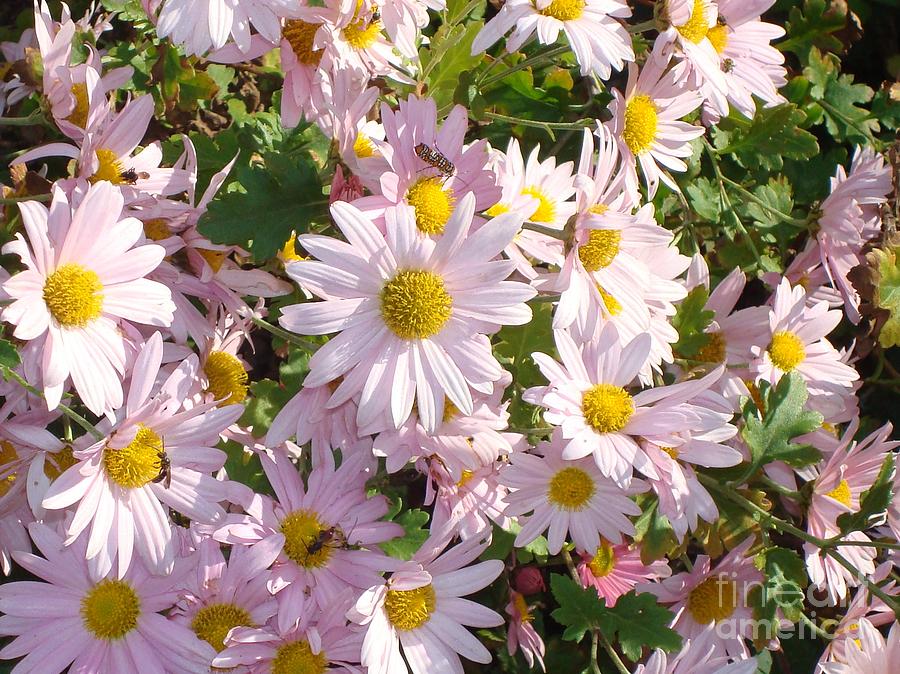

We prepared our peat-based substrates by amending either 20 percent perlite or PWC aggregates (by volume) and adjusted substrate pH to 5.8.

However, based on conversations with growers to determine the most common substrate formulation, we will present and discuss our findings of the substrates amended with either 20 percent perlite or PWC aggregates (Figure 3).

We investigated peat-based substrates formulated with 10 percent, 20 percent or 30 percent perlite or PWC aggregates. Perlite Versus PWC Aggregates In Peat-Based SubstratesĪt North Carolina State University, we have developed a wood processing technique that produces bilocular and non-fibrous PWC aggregates as a perlite replacement. However, to our knowledge there is no information available regarding fertility recommendations for optimal plant growth in peat-based substrates amended with PWC. Therefore, to counteract microbial N immobilization from a wood-based substrate or a substrate containing wood, growers must use a fertilization program that will supply additional nutrients needed by plants and minimize nutrient waste and loss from leaching. For example, work by Wright et al., (2008) found that ‘Baton Rouge’ chrysanthemums grown in a 100 percent wood-based substrate required an additional 100 ppm N, compared to plants grown in a peat-lite substrate composed of 45 percent peat, 15 percent perlite, 15 percent vermiculite and 25 percent bark (by volume). Generally, reduced plant growth in wood-based substrates is only a concern when fertility levels (primarily N) are below optimal recommended levels for plant growth and development. Results of these studies indicated similar or minor differences in growth if plants were irrigated and fertilized more often in the 100 percent wood substrates, compared to peat or pine-bark-based substrates. Such reports evaluated and compared the plant growth of multiple floriculture and nursery plants grown in 100 percent wood-based substrates to traditional peat or pine-bark-based substrates. However, consistent with previous reports about sawdust and crop health, researchers observed that plant growth in substrates composed of wood, or large portions of wood, had a tendency to become N–deficient as a result of high rates of N immobilization. Since the initial concept to use saw dust as a substrate or substrate component, numerous universities have developed techniques to process wood, thus yielding wood components that have been intensively studied and reported as successful. In the past, the perception and reluctance to use wood-based materials in growing mixes has derived from stories concerning the use of sawdust and resulting nitrogen (N)-deficient crops. While communicating with growers around the United States, it is all too common to hear them express a level of uncertainty about the use of wood-based substrates or components as an alternative for peat and pine bark. Proper Fertilization Can Minimize Nutrient Loss


 0 kommentar(er)
0 kommentar(er)
